SCoLIoSIS
This condition is an abnormal curvature of the spine. It most often develops in early childhood, just before a child reaches puberty. A lateral (to the sides) curvature that also occurs with a rotational component is most readily noticed when looking at the body from the back. This is frequently manifested as a shoulder or pelvic asymmetry or an overall imbalance of the trunk to the left or right.
Causes
In most cases, the direct cause of scoliosis is not understood. Genetics may play a role. It can run in families. It can also result from neuromuscular conditions, birth defects and injuries of the spine.
Symptoms
A spine with scoliosis, when viewed from the rear, curves sideways. It may curve into a “C” or an “S” shape. Scoliosis tends to develop gradually, and usually it is not painful. A child may not realize it is happening. A parent may overlook it. As the curvature progresses and becomes more severe, scoliosis may cause changes in the body.
The shoulders and hips may become uneven. One shoulder blade may stick out prominently. In very severe cases, the spine may begin to twist, causing back pain. The ribcage may appear uneven. This can limit the lungs’ ability to expand, affecting breathing.
Treatment
Most people who have scoliosis do not need treatment. When it is detected, it can be monitored closely to make sure it isn’t getting worse. A doctor may recommend an orthopedic brace to prevent further curvature. In some cases, spinal fusion surgery may be needed to straighten and stabilize the spine.
Conditions We Treat
We provide the highest level of expertise for the assessment, diagnosis and treatment of the following degenerative spine conditions.
